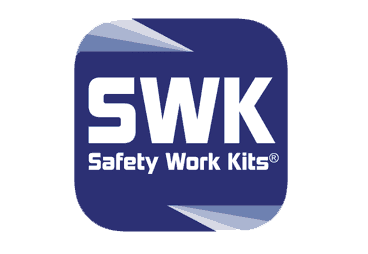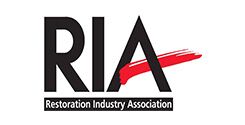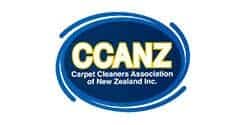
Hardwood floors add warmth and beauty to any home, but over time, they inevitably collect unsightly scuff marks and scratches from shoes, furniture, and daily wear and tear. While preventing these annoying blemishes isn’t always possible, removing scuff marks from hardwood doesn’t have to be a chore. This comprehensive guide covers simple, effective DIY methods using common household items to erase scuffs and keep your floors looking pristine.
Scuff marks typically show up as black or brown smudges, streaks, or spots on hardwood floors. They are usually caused by:
The scuffs occur when the rubber, plastic, or metal edges grind away at the floor's protective finish or abrade the wood itself. Over time, these abrasions collect dirt, grease, and grime that discolour the floor.
Removing scuff marks from wood floors is surprisingly easy with simple household items. Here are 5 quick, DIY methods to erase ugly scuffs.
Believe it or not, a used tennis ball works wonders for rubbing out scuff marks. Simply hold the ball in your hand and vigorously buff the scuffed area. The felt material lifts dirt from the indented area with friction.
For hard-to-reach spots, cut an X shape into the ball and secure it to a broom handle for easy scouring.
An ordinary pencil eraser can erase many scuffs, especially on floors with polyurethane finishes. Look for a large, white eraser without leftover pencil marks. Gently rub the eraser over the scuff using light, circular motions. Sweep up any crumbs when finished.
Baking soda is a versatile household cleaner. For scuffs, just mix baking soda with a little water to form a paste. Use a microfiber cloth to gently scrub the paste onto the affected areas using small, circular motions. Let it sit briefly before wiping it clean with a soft, dry cloth.
Believe it or not, mayonnaise is an effective scuff remover. Using a soft cloth, gently rub a small amount of mayo on the scuffed spot and let it soak in for 5–10 minutes before wiping clean. The oils in the mayonnaise help lift dirt from the abrasions.
For light scuffs, mix equal parts apple cider vinegar and olive oil and apply the mixture to scratches with a soft cloth. Let it penetrate for a few minutes before wiping clean. The acetic acid in vinegar dissolves grime, while the oil lifts dirt.
Stubborn scuffs that don’t budge with basic methods call for slightly more vigourous scouring. Here are heavy-duty options for erasing ugly marks.
Superfine 000 steel wool is abrasive enough to lift dirt from scuffed areas but won’t scratch most hardwood finishes. Apply a small amount of mineral oil to the steel wool and gently rub affected areas following the wood grain. Take care not to bear down too hard.
Magic erasers excel at removing scuffs, heel marks, and ground-in dirt without damaging most hardwood floor finishes. Dampen the cleaner and gently rub stained areas using light, circular scrubbing motions. Avoid excessive moisture.
O-Cedar makes a dust mop with a flip-down scuff eraser, perfect for removing marks a sweeper can’t get. Just step on the pedal to flip down the eraser and scrub away the marks. Rinse the pad occasionally to keep it grit-free.
If DIY options fail, commercial hardwood floor cleaners like Bona Hardwood Floor Cleaner help lift stubborn scuff marks and ground-in grime that makes scratches appear darker. Check manufacturer recommendations and test first.
While scuffs are inevitable, you can minimise their occurrence by:
While mild scuffs can be managed with household cleaners, some marks require professional assistance.
Consult a hardwood flooring contractor for repairs beyond basic cleaning. Addressing damage early prevents costly solutions later.
Scuff marks on beautiful hardwood floors don’t have to be a source of frustration. Simple household items like tennis balls, erasers, baking soda, and mild solvents lift dirt from unsightly marks easily. For best results, address scuffs promptly before abrasions worsen and dirt accumulates. Pair scuff removal with good prevention methods like frequent sweeping, entry mats, area rugs, and furniture pads. With some elbow grease and the right techniques, you can keep your hardwood floors looking like new.

Harry Virk is the director of CleaningPro Auckland. He has years of experience in the cleaning industry and his company is expert at providing exceptional cleaning services in Auckland. He has a passion for helping people and making sure that their homes are clean, tidy, and ready for visitors.




